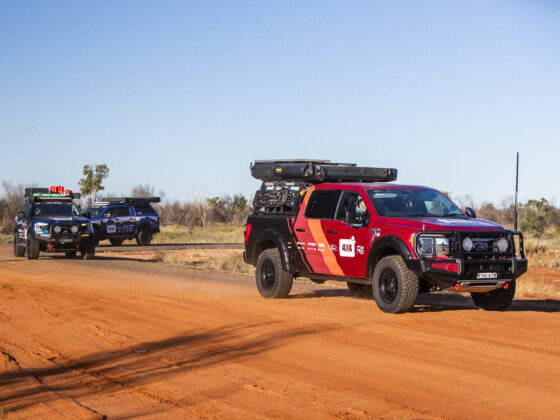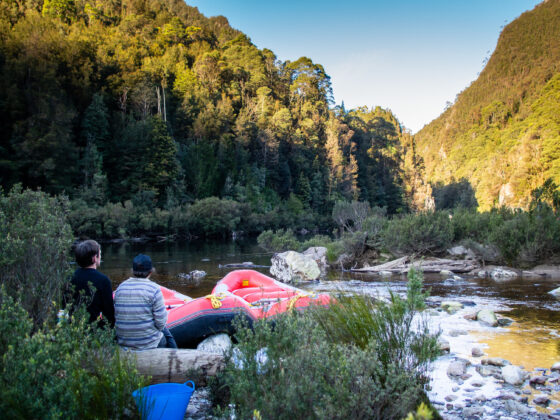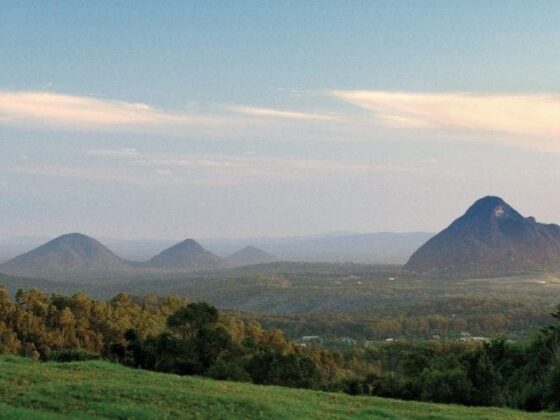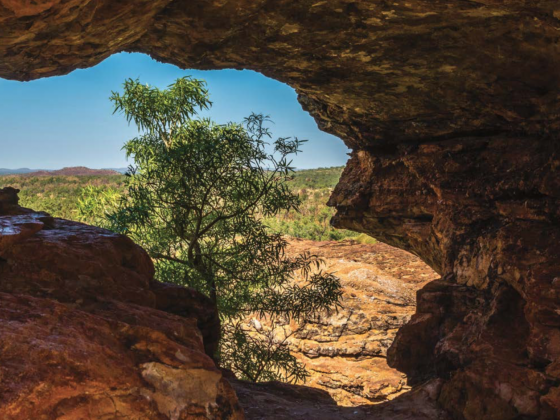As of last week, Australia’s major telecommunications companies have officially retired their 3G networks. The shutdown is part of a planned shift to focus on 4G and 5G technologies, offering faster, more robust networks for most Australians. However, for the off-road and remote travel community, this shift comes with a few headaches.
Why 4X4ers Feel the Loss of 3G Coverage
For most 4X4ers (especially the Pat Callinan audience), 4X4ing is all about getting to those far to reach places—precisely where coverage is often limited to older networks. While 4G and 5G coverage has been expanding, the 3G network has traditionally been the lifeline in the most isolated regions. Now, with 3G gone, there’s a genuine risk of reduced connectivity in some of Australia’s most beautiful, but remote, locations.
Key Issues for 4X4ers:
- Wider Coverage Gaps: The old 3G network offered better rural and remote coverage than newer networks, meaning the loss could create more blank spots, especially in very remote regions.
- Device Compatibility: If you’ve been relying on older devices, satellite communicators, or emergency beacons that only support 3G, those tools are now unusable, potentially cutting off emergency communication in fringe areas.
- Safety Concerns: Fewer coverage options mean it could be harder to make emergency calls or access GPS-based navigation in remote regions where signal strength is already a challenge.
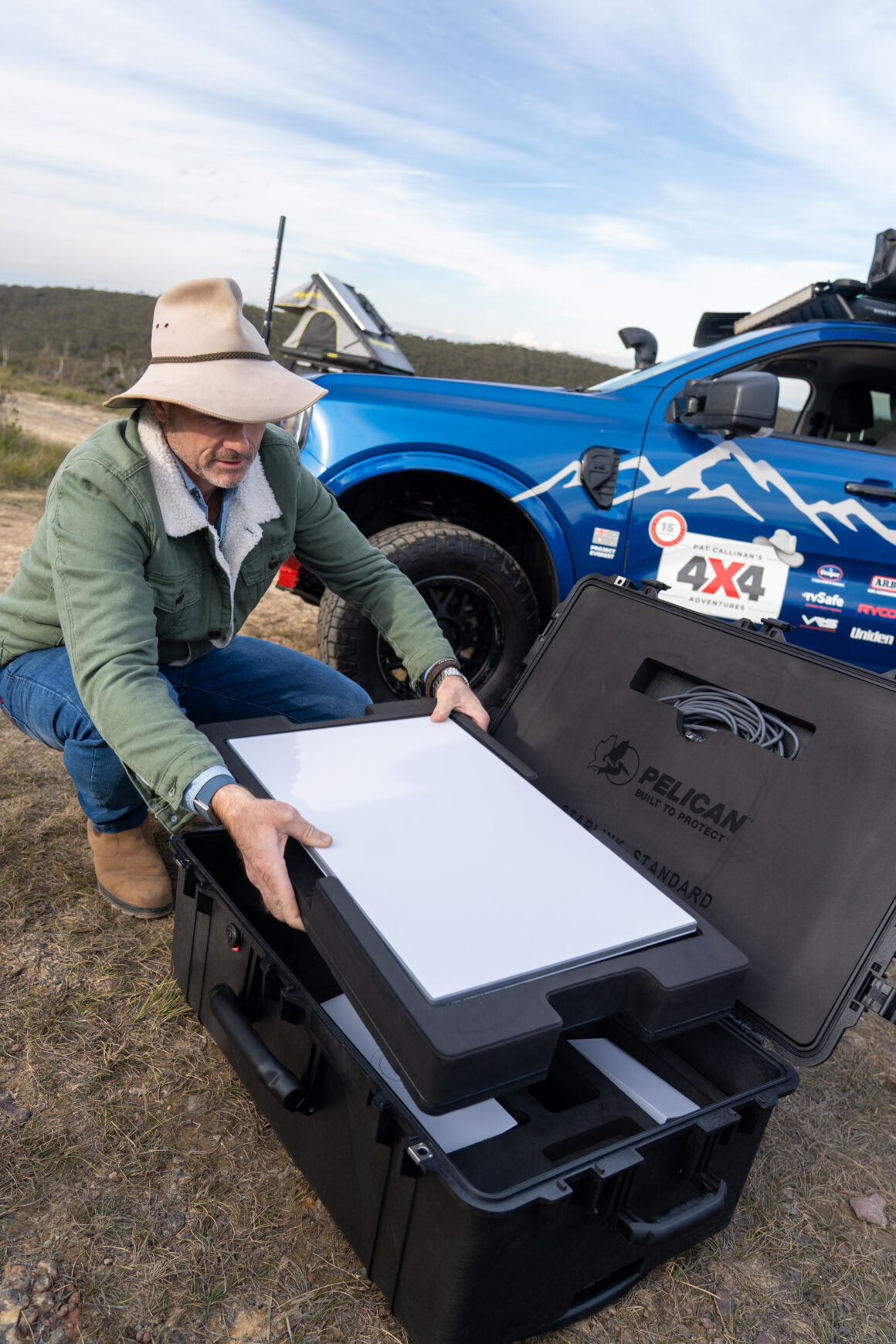
How to Stay Connected Beyond the 3G Era
1. Upgrade Your Devices to 4G or 5G
If your phone or communications devices still operate on 3G, it’s time to upgrade. Modern phones that support 4G or 5G give you the best shot at staying connected, even as the technology rolls out across remote regions.
2. Rely on Updated Coverage Maps
It’s worth keeping tabs on coverage maps from your provider. These will show you the latest 4G and 5G coverage areas, giving you a clearer idea of where you’ll have connectivity on your route.
3. Invest in a Signal Booster
A signal booster in your vehicle can amplify weak 4G or 5G signals, making it possible to get reception in locations where network strength is patchy.
4. Look Into Satellite Phones or Personal Locator Beacons
For the most remote locations, consider investing in a satellite phone or personal locator beacon (PLB). These tools bypass the limitations of terrestrial networks, providing a reliable safety net if your adventures take you far off the grid.
5. Keep an Eye on Network Expansions
With the end of 3G, telecommunications companies are reallocating resources to strengthen and expand 4G and 5G networks, even in rural and remote areas. Keeping informed about these expansions can help you plan and anticipate improved coverage over time.
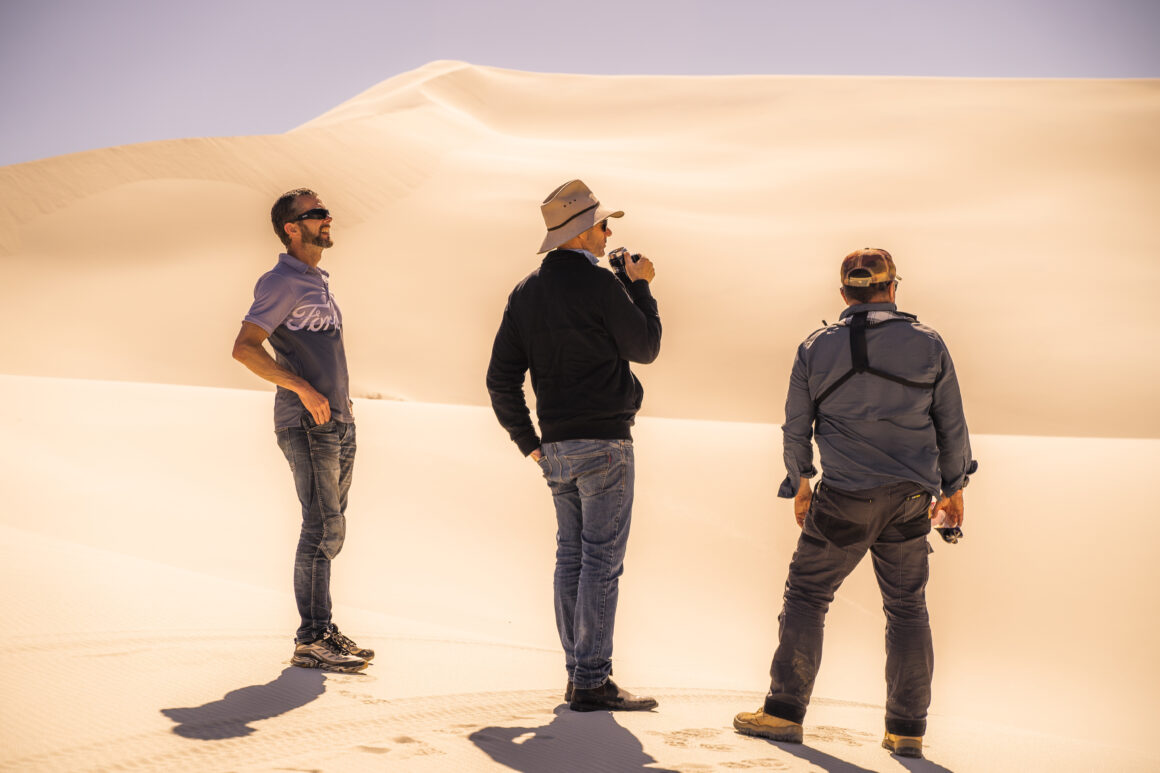
A Brighter Future for Connectivity…Eventually
While the 3G shutdown may seem like a step back for outback adventurers, it’s intended to set the stage for better connectivity down the track. By shifting resources from 3G, telcos are now focusing on expanding 4G and 5G infrastructure to reach even more remote corners of Australia. These networks bring faster speeds and improved reliability, which can make a world of difference when navigating rugged terrain.
Final Thoughts
The shutdown of the 3G network marks a significant transition, especially for 4X4ers who rely on mobile coverage in remote areas. While this change means adapting and upgrading, it also brings the promise of better, faster networks in the future. With the right gear and planning, you can keep your adventures safe and connected, ready for whatever lies beyond the next hill.




